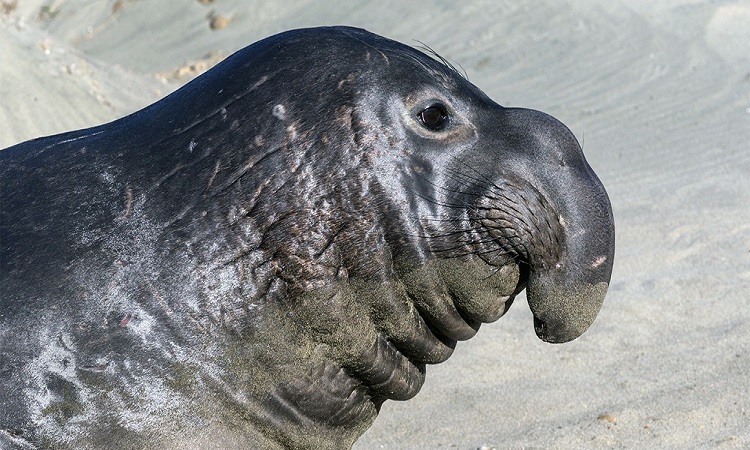This year, at dawn on Christmas Eve, a spaceship named Peregrine will fly towards the Moon. Initiated as part of NASA’s Commercial Lunar Payload Services (CLPS) program, this mission, which marks the first flight of United Launch Alliance’s Vulcan Centaur rocket, has historic implications.
Lots of firsts
This mission will go down in the history books for several reasons. For one, it will be the first to launch under NASA’s Commercial Lunar Payload Services (CLPS) initiative, created to enable the agency to bring payloads to the moon without having to build all the spacecraft usually required.
Separately, Peregrine will take off on the first flight of United Launch Alliance’s Vulcan Centaur rocket which is tasked with succeeding the company’s Atlas V and Delta IV vehicles.
Finally, Astrorobotic, which is developing the lander, could become the first private company to land on the Moon.
The procedure to get to the Moon will involve a series of maneuvers, including a translunar injection after launch and trajectory adjustments during the journey. The craft is expected to reach lunar orbit approximately twelve days after launch, before descending to its dedicated landing site: a region of ancient lunar lava flows known as Collation Bay, or Sinus Viscositatis. Operation of the lander is planned for approximately 10 lunar days.
Several spectrometers
During this mission, five NASA-sponsored payloads will be delivered to the lunar surface, the first of which will be the Peregrine Ion Trap Mass Spectrometer (PITMS).
This device will aim to study the lunar exosphere, a thin gaseous envelope surrounding the Moon, using the mass spectrometry technique. The latter consists of measuring the ratio between the mass and the charge of ions, charged particles such as hydrogen atoms which contain a positive proton without a negative electron to balance the charge.
The Peregrine ship will also carry a neutron spectrometer system. This system will be responsible for measuring the quantity of neutrons near the lunar surface, as well as their associated energies. Using this device, scientists will be able to infer the presence of hydrogen in the lunar environment, which will provide information on soil hydration levels.
Three other main charges
An array of lunar retroreflectors will also be on board. Made up of eight retroreflectors, its role will be to facilitate precise laser ranging to determine the distance between any spacecraft in orbit or landing and the lander.
The final two instruments included in the mission by NASA are the NIRVSS (Near Infrared Volatile Substances Spectrometer System) and the LETS (Linear Energy Transfer Spectrometer).
The NIRVSS, a suite of sensors including a near-infrared spectrometer, a thermal radiometer and a high-resolution seven-color imager, will make detailed observations of the lunar surface. Its objective is to determine its composition, its fine scale, its morphology and its thermal conditions. In other words, the NIRVSS will help the team understand the distribution of volatile substances on the lunar surface, including those generated by the lander itself, and study the impact of surface temperatures on these substances.
The LETS will, for its part, emit light on the lunar surface while the lander is in orbit. It will act as a radiation monitor, measuring the environment to help scientists anticipate events related to solar particles in flight. This information will be crucial to assess the protection necessary in the event of prolonged stays of humans in lunar orbit or on the surface of the Moon.
Secondary loads
In addition to the NASA payloads, the mission also includes the sending of around fifteen other objects. Although several of them have a scientific vocation, such as the M-42 radiation detector of the German Aerospace Center, some have a more playful character.
For example, the Japanese Lunar Dream capsule, offered by the company Astroscale, functions as a time capsule that carries messages from more than 80,000 children around the world. US-based Elysium Space is sending human remains to create lunar memorials, while scientists in the Seychelles are sending bitcoin. These elements add a human and symbolic dimension to space exploration.


